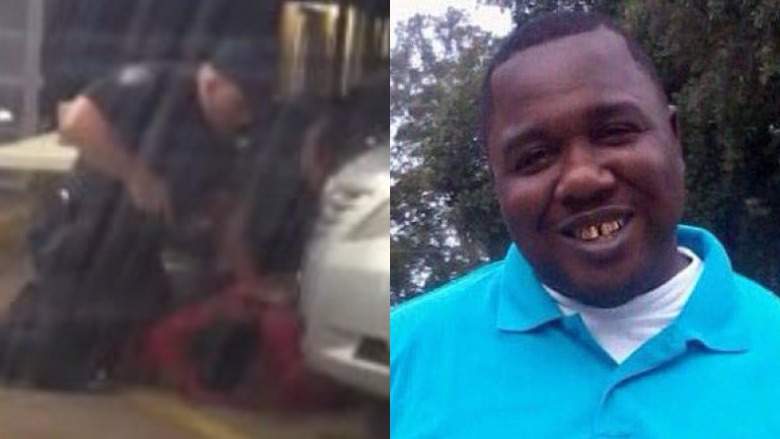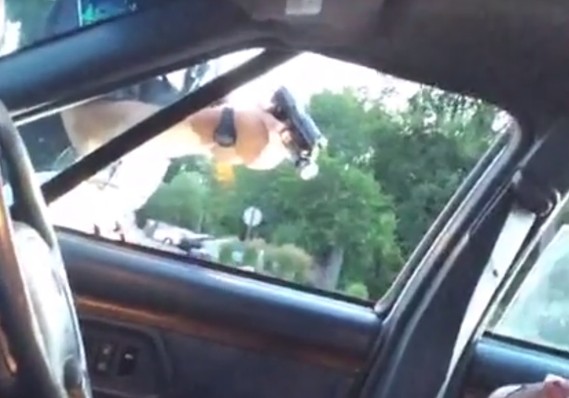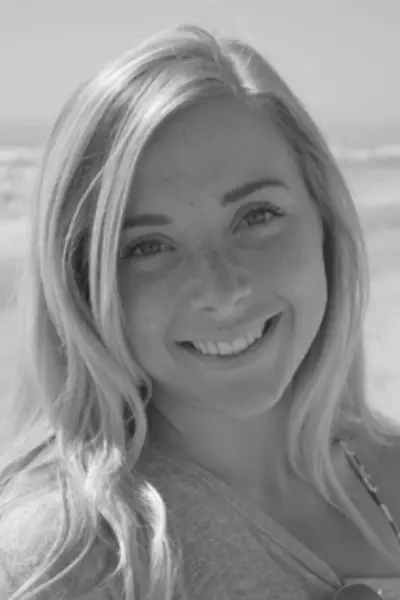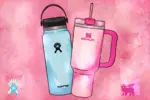Social Media and Social Movements
Do graphic videos help or harm?
By Katie Hovan, University of Miami
My bedtime routine consists of curling up in bed and spending an obscene amount of time catching up on social media.
Emily ate at that new Italian restaurant with her boyfriend, Tim’s “hard work paid off” in the form of a new four-door Mazda and Kristin turned 21 today, according to a picture of her with gold, Mylar “21” balloons. The following morning I’ll wake up and lie in bed for a few extra minutes, scrolling through my newsfeed again to see what I missed while I was asleep for eight whole hours.
But when, if ever, does all of the superfluous information people post on social media actually give way to something more meaningful? Yes, it’s meaningful to be able to see pictures from your cousin’s wedding, but I’m talking groundbreaking, unprecedented information that actually affects the people who absorb it.

Last week, the United States, and the world, caught a glimpse of the power of social media: the deaths of Alton Sterling and Philando Castile were posted to Facebook. Sterling’s death was posted almost immediately, and Castile’s death was streamed live. Facebook wasn’t even able to control either of these postings until users had already been exposed to it.
When I first saw the videos, I hadn’t heard about what happened. Instead, I was scrolling through my Facebook like any other day. Usually, it’s riddled with videos of kids flipping water bottles that land upright or shooting baskets with their backs to the basketball hoop. Not really having a clear sense of what I was watching, I opened the video of Alton Sterling and watched the police officers wrestle him to the ground and shoot him several times at pointblank range. In the video, once the cameraman regains a visual on the situation, Sterling is bleeding profusely from the chest and his body is shaking uncontrollably as he slowly succumbs to his injuries. There are no words to describe the sick feeling in the pit of my stomach after watching this.
Just a day later, my Facebook was filled with videos of another shooting, this time of a man named Philando Castile sitting in a car with his girlfriend in the seat next to him, trying to remain calm.
“This has to be fake. What kind of police officer would kill someone for taking out his license, especially the day after Alton Sterling’s death started going viral?”
These were my first thoughts, and I still haven’t gotten past the 10-second mark of the video. I can’t bring myself to watch it.
But as the daughter of a retired cop, it’s always been instinctual for me to give police officers the benefit of the doubt in these situations. Every time I see an officer in uniform, I see my dad. I’ve heard his stories about being shot at and cleared by mere inches, and I’ve heard him describe how painful it was to watch men take their own lives. He has seen things that easily could have given him PTSD, and it’s something that he carries with him every day.
It goes without saying that racism exists in America, and I know that black Americans can’t live as freely as white Americans because of deep-seated prejudices. But just like a black person will sympathize with Sterling or Castile, I instinctually sympathize with police officers. Call it my white privilege if you wish, but the fact that I was raised around law enforcement doesn’t make me a racist, it just makes me more subjective.
But these videos forever changed my view on BLM and police violence in America. I’d like to think that many cops would hesitate to shoot a black man just as much as they would a white man, but I’ve come to learn this isn’t the case. There’s no test in the police academy to measure racism, and there’s no way to know the nitty-gritty details of every potential officer’s background. I know my father is not a racist, but I can’t speak for every police officer in America.
The power of social media has proven to me that not every cop deserves the badge.
Bijan Stephen, an associate editor of the New Republic, wrote an opinion piece in 2015 about how social media has significantly helped the Black Lives Matter movement, and it still holds true today for Sterling and Castile’s deaths. “Social media could serve as a source of live, raw information,” he writes. “It could summon people to the streets and coordinate their movements in real time. And it could swiftly push back against spurious media narratives with the force of a few thousand retweets.”
Posting, viewing and sharing information on social media are all great ways to unite groups of people around the world, even if they can’t physically participate in protests, donations and the like. Social media has connected people from all over the world much more easily than in past social movements. Our technology today is truly revolutionary.
Stephen continues, “Historians of the 1960s talk about how the media of the time helped establish a ‘new common sense’ about race in America. I think the new common sense being established now is that racism and the struggle against it do not exist somewhere in the distant past; racial activism didn’t end after King and the Black Panther Party.” He concludes, “Technology has helped make today’s struggle feel both different from and continuous with the civil rights era.”
The fact that my opinion on the movement was drastically altered may not mean much, but if the same effect is multiplied across the thousands of people who also saw the videos and felt a sickness so deep it haunted them, then there is potential for change in this country. Millions of people have already called for action, and the more Americans who can join the movement the better.
I’m not hoping that more black Americans will be killed and broadcasted across social media in the near future, but in this case, the viral deaths of Sterling and Castile were a very brutal wake-up call. Without actively participating in or acknowledging the BLM movement, I could have gone weeks, months or maybe even years without knowing the full extent of police brutality in America.
But people like me were exposed to such raw videos without consent or warning, and maybe, in some sick, twisted way, it was one of the most effective ways to give leverage to the movement and capture a new audience’s attention. Make people see what they don’t want to see, or what they choose to turn a blind eye to. I’m ashamed that it took these videos to capture my own attention, and I’ll be the first to admit that my ignorance to the black struggle before this point was part of the problem.
We need to ignite change in some way, but the nation can’t keep taking steps backward. “An eye for an eye” is never a reasonable option. There are as few answers in killing police officers as there are in pretending black people aren’t suffering. Both reactions are filled with ignorance. We need to look to the benefits of peaceful protests and real, legislative changes to accomplish anything today. Though Facebook is an outlet to post real, violent deaths if necessary, social media is capable of so much more good if we learn to employ its powers instead of killing one another.


















[…] for the previous two weeks, spreading an uproar throughout all 50 states. For per week straight, social media has served as its personal web site of mass demonstration in opposition to racism. Customers of […]